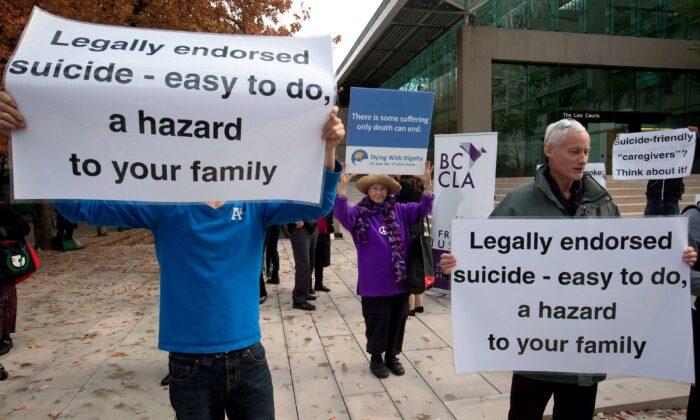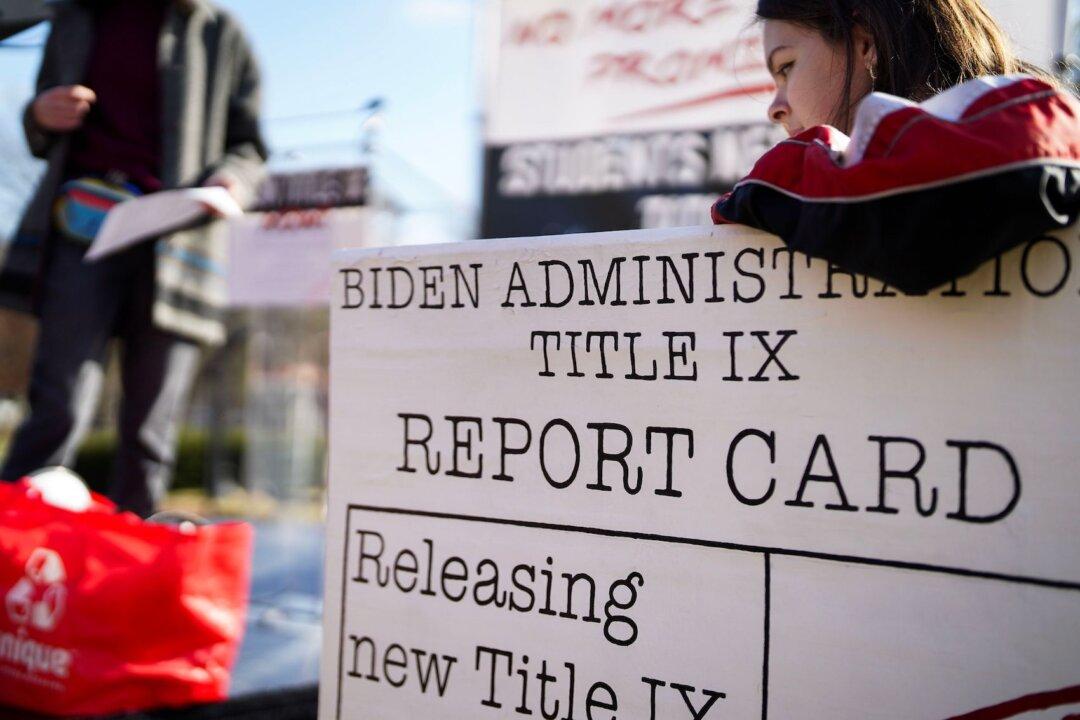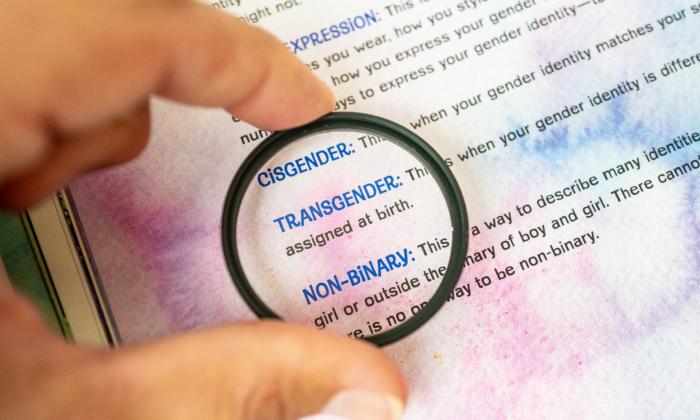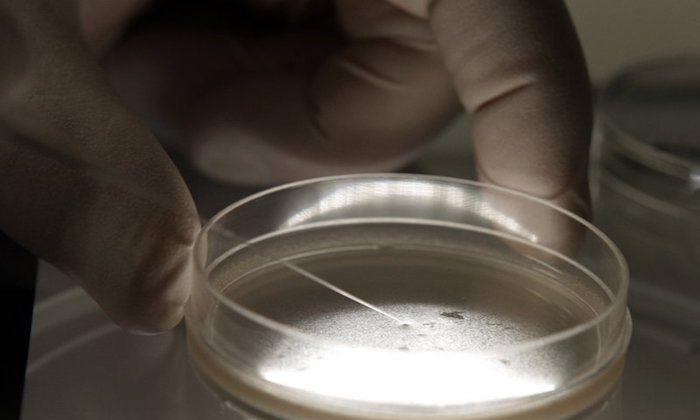Commentary
In my first ever anti-euthanasia piece, which was published in Newsweek in 1993, I warned that legalizing assisted suicide would lead to organ harvesting of those killed by doctors “
as a plum to society.” For my trouble, I was called alarmist and hysterical—and those were the nice letters.
Alas, rather than being alarmist, I was prescient. Today in Belgium, the Netherlands, and Canada, people who ask to be killed by doctors are sometimes organ harvested, too. Not only that, but the phenomenon was celebrated in the media as “a growing boon to organ donation” in the
Ottawa Citizen, with the story sighing, “Ontarians who opt for medically assisted deaths (MAiD) are increasingly saving or improving other people’s lives by also including organ and tissue donation as part of their final wishes.”
Understand that in Canada, one need not be terminally ill to qualify for a lethal injection. The patient can be disabled, elderly and lonely, or chronically ill—and starting next year, people with mental illnesses will also be eligible for killing. Not only that, but once someone is accepted for euthanasia in Ontario, he or she doesn’t receive suicide prevention. No. No. Instead, the Trillium Gift of Life Network in the province contacts the soon-to-be-killed person to ask for their heart, liver, and kidneys.
“Ontario, through Trillium,“ as the story reports, ”immediately moved to the forefront of organ and tissue donation through MAiD, becoming the first jurisdiction in the world to proactively reach out to those who had been approved for assisted death to discuss donation.”
Remember, many of these patients wouldn’t be dying if they weren’t going to be lethally injected.
“MAiD donations also typically provide more time for testing donor organs and better matching with recipients,” which serves the organ harvesting agenda well.
Again, that time lag would also permit intensive suicide prevention efforts, but that isn’t a public policy priority in Canada when one asks for euthanasia.
But here’s the thing that rarely gets mentioned: Conjoining organ donation and euthanasia can be the tipping point for a suffering patient deciding to choose to be killed, particularly one who is mentally ill. Remember, these are despairing people who could easily come to think that their deaths have greater value than their lives. It’s a monstrous abandonment.
I wish I could say that organ donation conjoined with lethal injections was the only slide down the slippery slope I have predicted correctly in my decades of anti-euthanasia advocacy. Here’s a short list of some of the other wrongs I warned against that have, indeed, come to pass.
Pediatric Euthanasia: If killing is a “compassionate medical treatment,” as the right-to-die movement says, how can it be denied to children? Eventually, it won’t be, I have predicted. And sure enough: Belgium allows children of all ages to be euthanized and has
publicly reported that children as young as 9 have been made dead by their doctors. Ditto, the Netherlands. The Dutch also allow doctors to commit active infanticide of babies born with serious disabilities or terminal illnesses. There is even a bureaucratic checklist for doctors to decide which babies can be killed known as the “
Groningen Protocol.”
Killing People with Dementia: Another of my predictions warned that legalizing euthanasia would eventually spread to allowing people who aren’t competent to be killed. And so it came to pass. Belgium, the Netherlands, and soon Canada, permit people diagnosed with dementia to order themselves lethally injected after they become incompetent. Once the document is signed and the patient loses capacity, they can’t change their minds because their “former” selves now control what happens to them. This license to kill the now-incapacitated has even led to one woman in the Netherlands being held down by her family as she struggled against being lethally injected. That was against the law, but the doctor was exonerated of committing a crime because the judge said she acted “in good faith.” Soon afterward, the Dutch Parliament changed the law to permit such non-voluntary killings to take place legally.
Euthanizing the Elderly: I have frequently pointed out that euthanasia activists promote the idea of allowing the elderly to die rather than face the infirmities of old age. Sure enough. Belgium and the Netherlands have both seen cases of joint euthanasia deaths by married couples who would rather both die than face the pain of widowhood. There was even
one case in Belgium of a couple “who feared the future” being euthanized by a doctor—with the planned death arranged by their son. In Canada, an elderly woman in a nursing home chose to be killed rather than be isolated from her family by COVID-19 protocols. Ironically, the very authorities who wouldn’t allow her family to visit her if she chose to live, permitted them to be present when she received the lethal injection. Can you imagine?
Death Doctor Shopping: I have warned frequently against “doctor shopping,” that is patients refused assisted suicide by their own doctors merely going to another doctor they know is willing to do the deed. Examples of such cases are rife. For example, in Belgium, an oncologist euthanized a woman who had suffered lifelong depression, even though he clearly was not a medical expert in mental illness or her treating doctor. Doctor shopping happens all of the time in this country, too. It will soon get much worse with assisted suicide now permitted in states such as Oregon and Washington by telemedicine. Moreover, Oregon no longer requires that a patient requesting death be a resident, which means patients from all over the country may be able to access poison prescriptions from doctors they hardly know and may have only counseled with virtually.
Death on Demand: I have often remarked that the logic of euthanasia inevitably leads to death on demand for any reason that a suicidal person wants. Thus, I was appalled—but not shocked—when Germany’s highest court created both a fundamental right to suicide and the right to assist or be assisted in being made dead. And this right exists for any reason. “The right to a self-determined death is not limited to situations defined by external causes like serious or incurable illnesses, nor does it only apply in certain stages of life or illness. Rather, this right is guaranteed in all stages of a person’s existence.”
In all of this, I’m reminded of Canadian journalist Andrew Coyne’s lament, written more than 20 years ago, about the popular support for euthanasia he sensed in his country: “A society that believes in nothing can offer no argument even against death. A culture that has lost its faith in life cannot comprehend why it should be endured.”
If we don’t change our current cultural trajectory, we will end up in the same dark corner as Canada, the Netherlands, and Belgium. And the real danger to our cultural well-being is that the people who now complacently assume that such warnings are alarmist will be the ones applauding the loudest when that dark time comes.
Views expressed in this article are opinions of the author and do not necessarily reflect the views of The Epoch Times.





